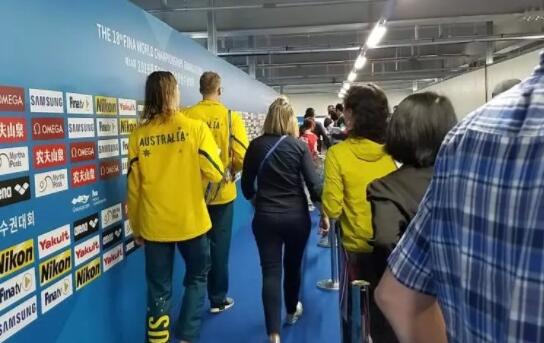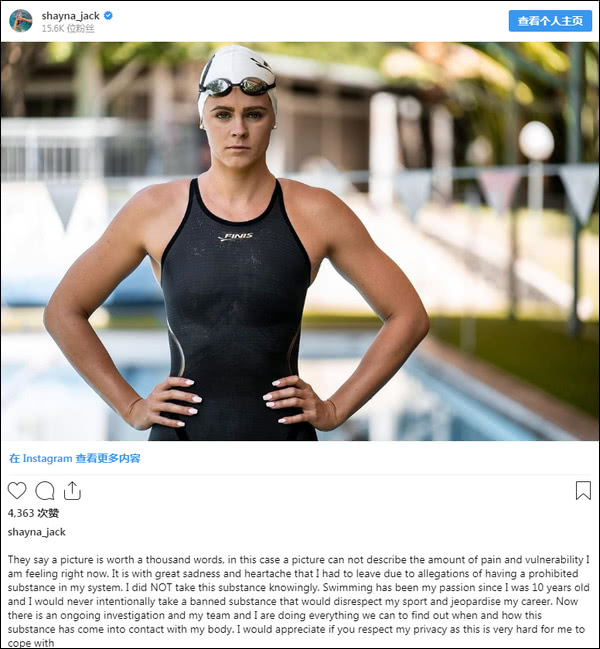







Hold Infinity In The Palm Of Your Hand , And Eternity In An Hour .








BEIJING, July 8, 2019—China has put into operation over 25,000 kilometers of dedicated high-speed railway (HSR) lines since 2008, far more than the total high-speed lines operating in the rest of the world. What type of planning, business models, and approaches to construction enabled this rapid growth? In an era when many railways face declining ridership, what pricing and services make high-speed rail attractive to this large number of passengers and maintain financial and economic viability? A new World Bank study seeks to answer these and other questions.
"China has built the largest high-speed rail network in the world. The impacts go well beyond the railway sector and include changed patterns of urban development, increases in tourism, and promotion of regional economic growth. Large numbers of people are now able to travel more easily and reliably than ever before, and the network has laid the groundwork for future reductions in greenhouse gas emissions," said Martin Raiser, World Bank Country Director for China.
The World Bank has financed some 2,600 km of high-speed rail in China to date. Building on analysis and experience gained through this work and relevant Chinese studies, China's High-Speed Rail Development summarizes key lessons and practices for other countries that may be considering high-speed rail investments.
A key enabling factor identified by the study is the development of a comprehensive long-term plan to provide a clear framework for the development of the system. China's Medium- and Long-Term Railway Plan looks up to 15 years ahead and is complemented by a series of Five-Year Plans.
In China, high-speed rail service is competitive with road and air transport for distances of up to about 1200 km. Fares are competitive with bus and airfares and are about one-fourth the base fares in other countries. This has allowed high-speed rail to attract more than 1.7 billion passengers a year from all income groups. Countries with smaller populations will need to choose routes carefully and balance the wider economic and social benefits of improved connectivity against financial viability concerns.
A key factor keeping costs down is the standardization of designs and procedures. The construction cost of the Chinese high-speed rail network, at an average of $17 million to $21 million per km, is about two-thirds of the cost in other countries.
The study also looks into the economic benefits of HSR services. The rate of return of China's network as of 2015 is estimated at 8 percent, well above the opportunity cost of capital in China and most other countries for major long-term infrastructure investments. Benefits include shortened travel times, improved safety and facilitation of labor mobility, and tourism. High-speed networks also reduce operating costs, accidents, highway congestion, and greenhouse gas emissions as some air and auto travelers switch to rail.
This report is the first of a series of five studies of transport in China—high-speed rail, highways, urban transport, ports, and inland waterways—produced by TransFORM, a knowledge platform developed by the World Bank and China's Ministry of Transport to share Chinese and international transport experiences and facilitate learning in China and other countries.
Frigates and destroyers are two of the most common warships in a navy's fleet. Both are designed for quick manoeuvrability and can be used to escort and protect larger vessels from air, surface and underwater threats. The similarities between frigates and destroyers have led to some European navies using the terms interchangeably.
On the other hand, frigates are more common, with almost every navy in the world in possession of a frigate as part of its navy fleet, while only 13 nations possess destroyers, according to the Global Fire Power Index 2019. Frigate vs destroyer – what are some of the key differences?
Of the 55 nations that own frigate ships, China leads the world with 52 frigates across three different classes, followed – perhaps surprisingly – by Taiwan, which has 24, and the US with 22 vessels.
Destroyers are much less common, with only a handful of navies possessing these kind of warships. The US Navy owns the most destroyers with 68 currently in service. Japan comes in second with 37, followed by China, which owns 33 vessels.
Some nations, such as Spain and Germany, officially have no destroyers although many of their frigate ships are almost identical to what other nations would class as a destroyer vessel.
Destroyer warships come in a range of sizes. Smaller destroyers, such as the Royal Navy's Type 45 Daring class and Russia's Project 956 Sovremenny class, measure in at around 150m in length, with a beam of around 17-18m.
Then there is the US Navy's Zumwalt-class destroyer, a 190m long colossus with a beam of 24.6m. The Zumwalt class weighs in at nearly 16,000t making it double the weight of smaller destroyers that weigh in at around 8,000t at full load.
While frigates vary greatly in terms of size, many of the top frigates such as Russia's Admiral Gorshkov class and Germany's Sachsen class are smaller than destroyers, measuring in at around 130m-150m in length. They are roughly the same width as destroyer vessels.
"The key distinction between frigates and destroyers is size and, by extension, function," says Dr Sidharth Kaushal, a research fellow at the Royal United Services Institute for Defence and Security Studies.
"By virtue of being larger, destroyers can more easily carry and generate the power for more powerful high-resolution radar and a larger number of vertical launch cells. They can thus provide theatre wide air and missile defence for forces such as a carrier battle group and typically serve this function.
"Frigates are thus usually used as escort vessels to protect sea lines of communication or as an auxiliary component of a strike group whereas destroyers are generally integrated into carrier battle groups as the air defence component or utilised to provide territorial air and missile defence."
Frigates are generally slower than destroyers although in modern times there is not a significant difference. One of the faster frigate ships is the Indian Navy's Shivalik class that is touted to travel up to 32kn (59km/h) at max speed, while others range between 26-30kn (48-55km/h).
Despite its impressive size, the Zumwalt-class destroyer can travel up to 30kn, slightly slower than the smaller Sovremenny and Daring classes, which have an average of 32kn. The Zumwalt class is still as fast – if not faster – than most frigate classes.
Modern destroyer vessels peak at around 33kn (61km/h), while the fastest ever recorded destroyer was the French Navy's Le Terrible that reached 45.1kn (83.5km/h) during sea trials in 1935.
Unsurprisingly, both frigates and destroyers are armed with the latest weapons and defence systems, which are vital for carrying out their escort and protect roles.
Some frigates, such as the Royal Navy's Duke class, have specialised anti-submarine warfare (ASW) capabilities and are fitted with enhanced sonar equipment and torpedoes.
ASW-enhanced frigates come with helipads and hangars that accommodate helicopters capable of identifying and attacking nuclear submarines using torpedoes and depth charges. The Duke class is equipped with two twin Sting Ray torpedo tubes and can accommodate either a Westland Lynx helicopter armed with two torpedoes or a Westland Merlin with four torpedoes.
"Frigates, being a smaller vessel can provide limited air defence to themselves and nearby vessels but are not particularly well suited to theatre air defence," says Kaushal.
"They tend to be utilised primarily for anti-submarine warfare roles as well as providing short range air defence as part of a larger surface group."
Some destroyers have been modified specifically for launching anti-ship and anti-aircraft guided missiles. The US Navy's Zumwalt and Arleigh Burke classes have this capability, as does the Royal Navy's Daring class and Russia's Sovremenny class.
Take, for example, the Daring class's Sea Viper comprehensive defence system that allows the Royal Navy to track targets from up to 400km away using a Sampson active electronically scanned array, and a 48-cell Sylver Vertical Launching System (VLS) with Aster 15 and Aster 30 surface-to-air missiles.
The behemoth Zumwalt class comes with 20 Mk57 VLS modules with 80 launch cells, and can fire Evolved Sea Sparrow missiles and Tactical Tomahawk subsonic cruise missiles.
It is very difficult to pinpoint the unit prices of certain classes of ship, let alone types of ships. However, here are some estimates of the most expensive vessels.
The most expensive destroyer in the world is the US Navy's Zumwalt class. The very first model – the DDG 1000 – cost around $4.2bn according to USNI News, $3.8bn for non-recurring engineering costs and an additional $400m for post-delivery and outfitting. The second and third (in production) ships are estimated to be cheaper, at $2.8bn and $2.4bn respectively. This is expensive compared to the Royal Navy's Daring-class destroyers that are priced at a little over £1bn ($1.36bn).
In contrast, frigate ships are much more cost-efficient. The Royal Navy's Duke class was priced at around £130m per vessel, while the much anticipated Type 31 frigate was estimated in 2017 to cost around £250m per unit, according to a UK Government fact sheet.
The German Navy's Sachsen class is one of the most expensive frigate classes, costing around €2.1bn ($2.4bn) for the three ships in total.